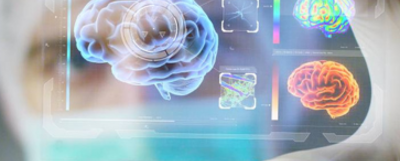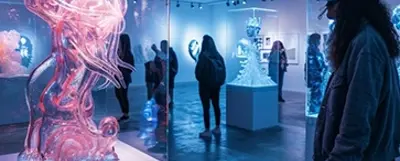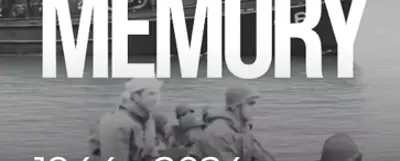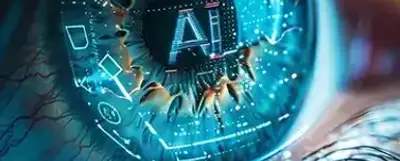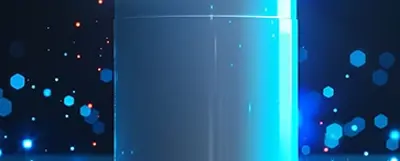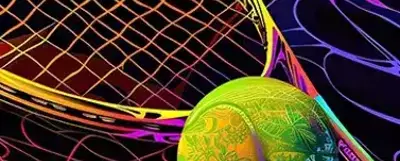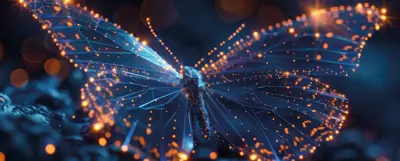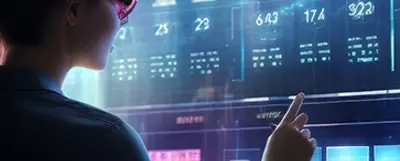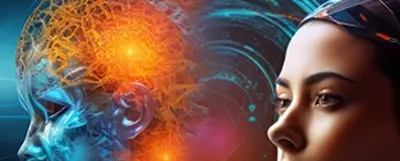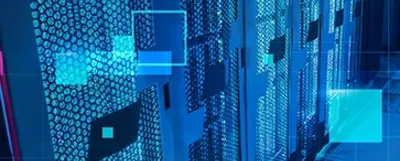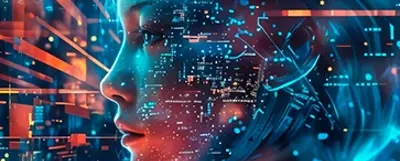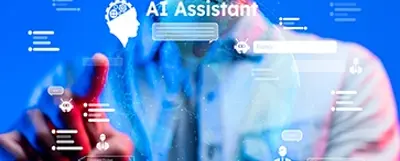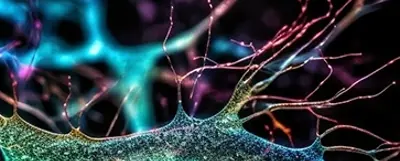A world-renowned art museum is dedicated to preserving and sharing its treasures with the world, not only within its walls but also through its digital presence. In an effort to extend its reach and inclusivity for individuals with visual impairments, the museum partnered with Valorem Reply to embrace innovative technology like artificial intelligence to enhance online accessibility. Our team built a proof-of-concept web application that uses Azure OpenAI GPT-4 Turbo Vision models to generate accessible descriptors for their artworks. The app allows users to go through multiple artworks and review the accessible descriptors that have been generated by AI. With this new AI application, the museum can offer a more inclusive and immersive experience for its online visitors, strengthening their mission to connect people, art and history.
Our collaboration with this museum demonstrates the potential of AI to enhance the experience of art for the blind and low-vision community, allowing them to connect with art in ways that were previously unimaginable.
- Ryan McCamy, VP of Tech for Social Impact, Valorem Reply
CHALLENGES & OPPORTUNITIES
- Individuals with visual impairments have difficulty accessing information about the artwork, such as its colors, shapes, and textures.
- Human-generated descriptions of the artworks are time consuming and lack detail to provide a full understanding of each piece.
SOLUTIONS
- Azure OpenAI GPT-4 Turbo Vision application to generate accessible descriptors for the artworks at speed and scale.
- Multilingual options for the descriptors.
- Ability for users to provide feedback on the AI-generated descriptors for continuous improvement.
RESULTS
- Enriched and inclusive digital experience that overcomes geographical and physical limitations.
- Improved access for visually impaired visitors with AI-generated descriptions tailored for screen readers.
- Insightful artwork analyses, supporting the museum’s educational mission for diverse audiences.
- A guiding framework and model for other cultural institutions aiming to prioritize the enhancement of art accessibility.



